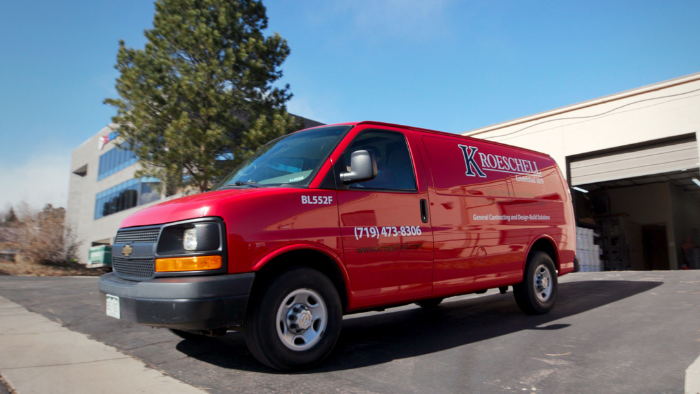When your walk-in cooler isn’t keeping cool, the culprit could be a low refrigerant charge or a head pressure control valve playing hooky. Walk-in cooler troubleshooting low charge and head pressure control valve bypassing can seem daunting, but with some insider know-how, you’ll tackle these issues head-on. Get ready to dive into common symptoms like short cycling and unreliable cooling that signal trouble in paradise.
We’re peeling back the layers on how dirty evaporator coils can throw a wrench in heat transfer efficiency—and what you can do about it. And let’s not forget those temperature controls; they need the right touch to keep everything chill without breaking a sweat. With defrost cycles gone wild and fan motors running non-stop, there’s plenty here to turn any service technician into an HVAC hero.
Diagnosing Low Charge in Walk-in Coolers
Recognizing Signs of Inadequate Refrigerant Levels
Did your walk-in cooler short cycle? That’s a telltale sign. It means it’s low on juice – refrigerant, that is. Your system’s crying out for more, especially when the thermometer dips to zero degrees.
The head pressure control valve is also bypassing, which is not good news. This rogue behavior interferes with maintaining pressure and efficiency.
Addressing the Bypassing Head Pressure Control Valve
You have two issues: low charge and a rebellious head-pressure control valve. Let’s tackle them both.
To kick things off, check your suction pressure—it should be higher than what you see now if all is well. And those head pressures? They should be stable—not doing their own thing.
A bypassing valve can mean one of two things—either it needs adjusting or replacing entirely. Sometimes, tweaking the fan cycle control helps maintain proper condenser temperature and keeps that liquid refrigerant flowing as it should.
Ensuring Proper Airflow and Heat Transfer
Cleaning Techniques for Evaporator Coils
Dirt’s the enemy of efficiency. Your evaporator coil might look spotless, but grime hides well. Found it filthy? That’s no surprise.
A clean sweep is crucial. Use gentle detergents or commercial cleaners to banish the buildup. Ensure every pass counts; you’re battling ice formation here.
Remember, a clear drain equals better flow—tackle that after scrubbing down coils for smooth sailing in your refrigeration cycle.
Condenser Unit Maintenance for Peak Performance
Your condenser unit craves attention, too. Neglect leads to poor heat transfer, making your system sweat harder than it should.
Fans are your friends—keep them humming nicely. Remember, maintenance isn’t a one-time deal—ongoing care keeps equipment running optimally and heads off bigger headaches later on.
Adjusting Temperature Controls for Optimal Operation
When optimizing your walk-in cooler’s performance, one crucial aspect to consider is calibrating the temperature set points. By fine-tuning these controls, you can ensure that your cooler operates at the ideal temperature, neither too cold nor too warm.
Calibrating Temperature Set Points
To avoid the premature satisfaction of cooling demand, it is important to accurately adjust the temperature set points. This will prevent any confusion or concern regarding the refrigerant levels in your unit.
If you notice that your walk-in cooler turns on at 40 degrees and the sight glass is clear, indicating steady refrigerant pressures, it may be necessary to recalibrate the temperature controls.
Managing Defrost Cycles in Cold Weather
Properly timed defrost cycles prevent excessive frost accumulation and maintain consistent refrigeration equipment temperature.
Optimizing Defrost Timing for Efficiency
Your walk-in cooler is defrosting at 2 PM for 40 minutes. Seems excessive? It probably is. Frost doesn’t play nice, especially when it’s nippy outside. Get smart with your defrost timers.
Align them with the chill factor and cooling loads to reduce ice buildup without wasting energy.
Ambient temperatures mess with your refrigeration equipment’s temperature. Dial in those defrosts just right and keep frost at bay while saving a few bucks on power bills.
Assessing Heater Functionality During Defrost
Check the heater elements for proper operation to avoid unnecessary energy consumption during defrost cycles.
You’ve got heaters to melt away the frost during defrosts, but are they slacking off?
If you suspect a heater malfunction, do a quick check-up. Ensure these guys pull their weight so you’re not burning cash for no reason.
No one likes an energy hog—keep that heating element honest by verifying its hustle regularly.
Upgrading Fan Motors and Controls for Enhanced Performance
Fan motor technology has advanced significantly, offering the potential for improved compressor unit efficiency.
The condenser fan motors are functioning correctly, but there is room for improvement. By implementing advanced fan cycle control systems, these motors can become smarter and more effectively adjust to cooling loads.
The primary objective is to reduce wear on compressor valves. This can be achieved by optimizing the operation of the fans, ensuring they engage and disengage at the right times.
An efficient refrigeration system provides cooling, adapts, learns, and saves energy. Additionally, these upgrades can achieve quieter operations.
Implementing Fan Cycle Control Systems
Switching from constant speed to variable speed fan motors can significantly impact equipment running costs.
With the latest technology, head pressures can remain stable without gas bypass or pressure drops, benefiting you and your machine.
Energy-efficient motors, combined with intelligent controls, reduce strain on every system component, from suction filters to discharge valves. This results in a longer lifespan for each part.
When troubleshooting a walk-in cooler with low charge and head pressure control valve bypassing, it’s important to stay cool under pressure. You’ve seen how low refrigerant can cause chaos, from short cycling to uneven cooling. Keep those coils clean; a dirty evaporator might look innocent but can block heat transfer.
Tune into your temperature controls; calibrate them just right to avoid early shut-offs. Defrost cycles need attention, too—timing is everything for efficiency without overdoing it. And fan motors? They’re the unsung heroes ensuring smooth compressor operation.
Remember these steps: check, clean, calibrate, and coordinate defrosting with ambient temps. These are your tools for maintaining peak performance in walk-in coolers.


